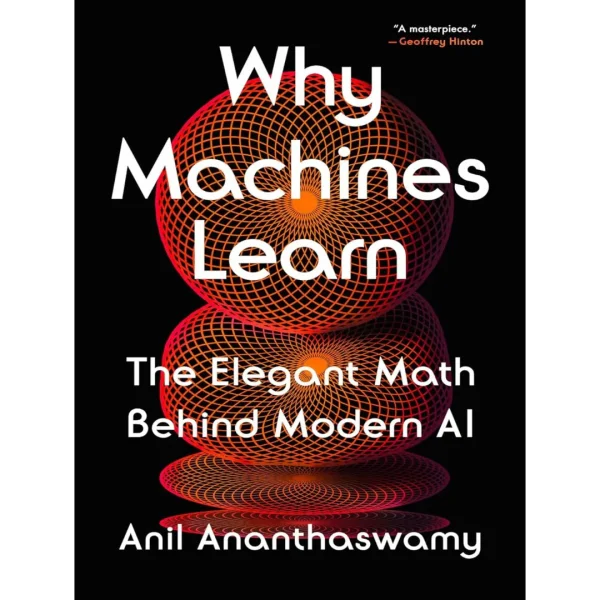
Why Machines Learn: The Elegant Math Behind Modern AI
Original price was: $52.00.$16.95Current price is: $16.95.
PDF 77,71 MB • Pages: 517
A rich, narrative explanation of the mathematics that has brought us machine learning and the ongoing explosion of artificial intelligence
Machine learning systems are making life-altering decisions for us: approving mortgage loans, determining whether a tumor is cancerous, or deciding if someone gets bail. They now influence developments and discoveries in chemistry, biology, and physics—the study of genomes, extrasolar planets, even the intricacies of quantum systems. And all this before large language models such as ChatGPT came on the scene.
We are living through a revolution in machine learning-powered AI that shows no signs of slowing down. This technology is based on relatively simple mathematical ideas, some of which go back centuries, including linear algebra and calculus, the stuff of seventeenth- and eighteenth-century mathematics. It took the birth and advancement of computer science and the kindling of 1990s computer chips designed for video games to ignite the explosion of AI that we see today. In this enlightening book, Anil Ananthaswamy explains the fundamental math behind machine learning, while suggesting intriguing links between artificial and natural intelligence. Might the same math underpin them both?
As Ananthaswamy resonantly concludes, to make safe and effective use of artificial intelligence, we need to understand its profound capabilities and limitations, the clues to which lie in the math that makes machine learning possible.
28 reviews for Why Machines Learn: The Elegant Math Behind Modern AI
You must be logged in to post a review.
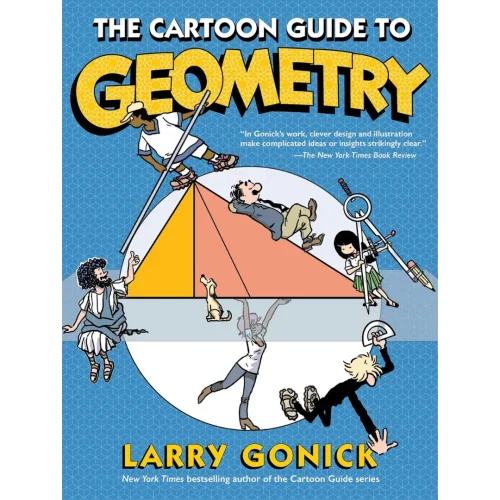
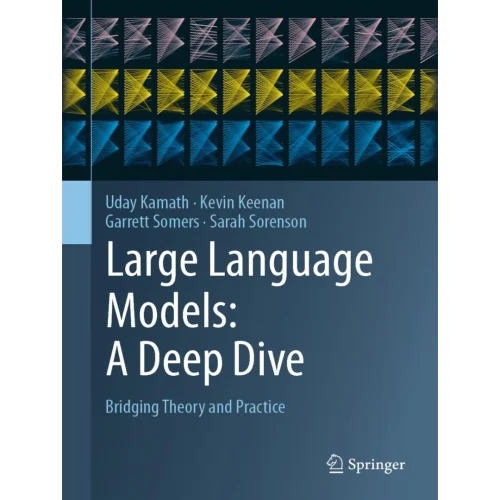
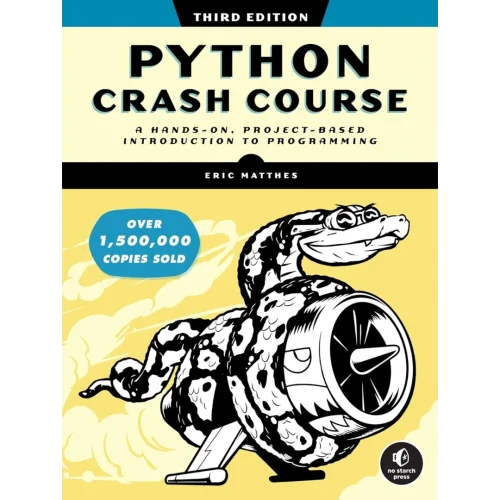

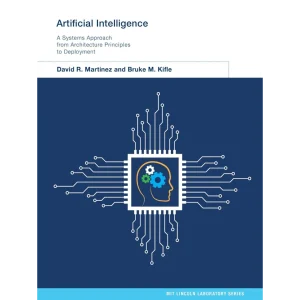





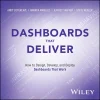

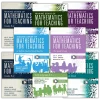

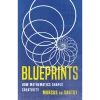
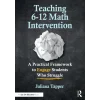
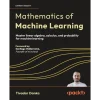



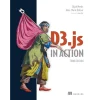
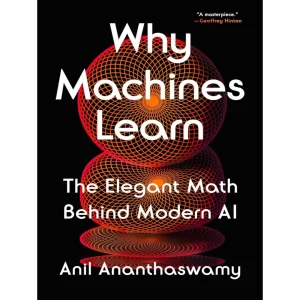

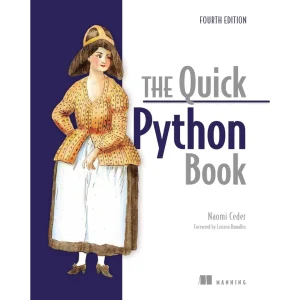
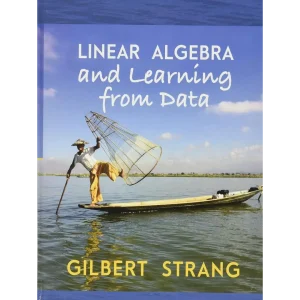

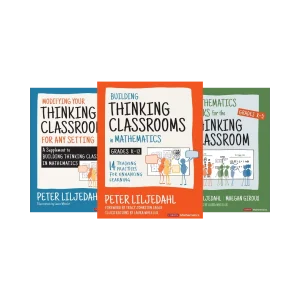
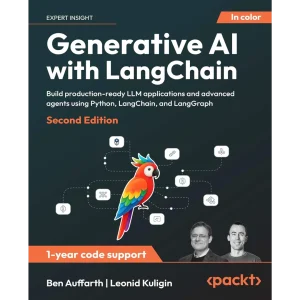
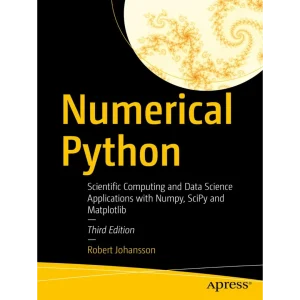
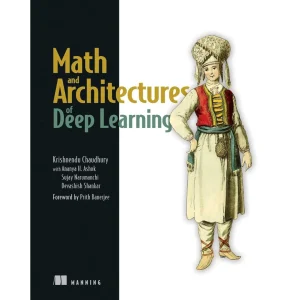
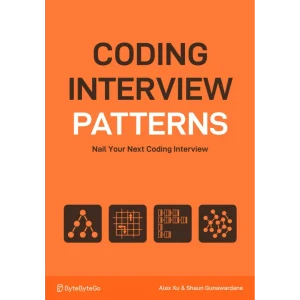
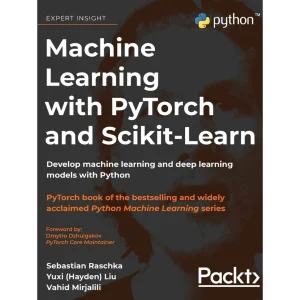
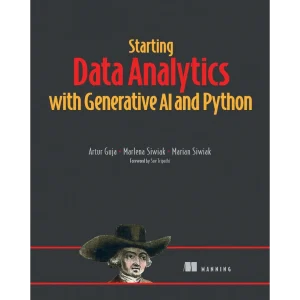
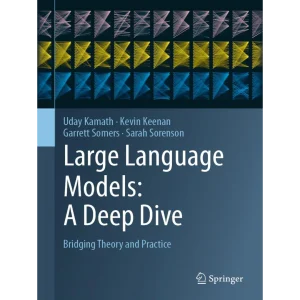
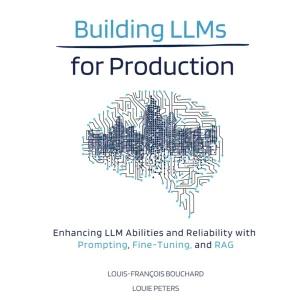
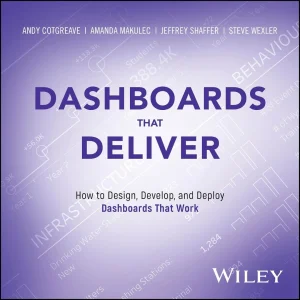
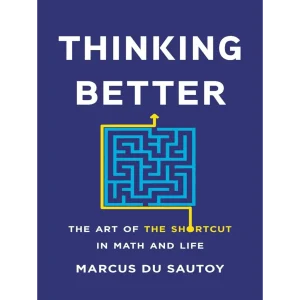

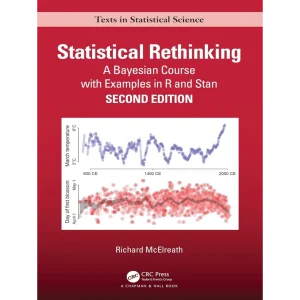

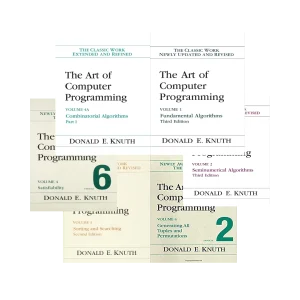
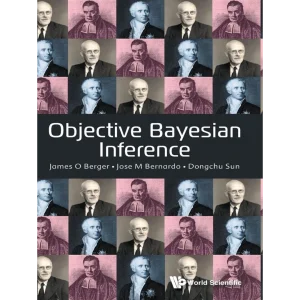
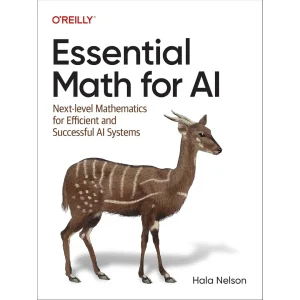

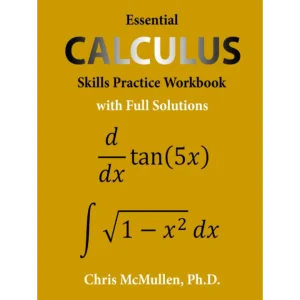



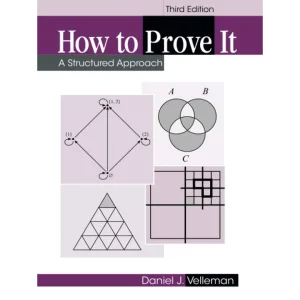
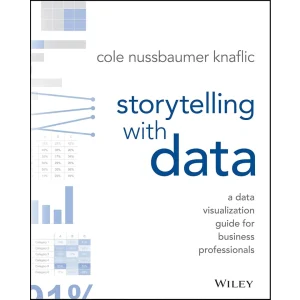

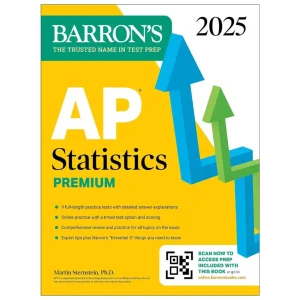




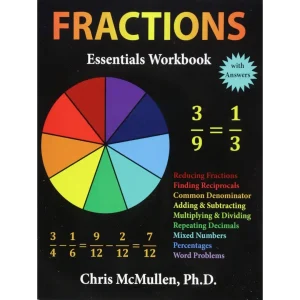
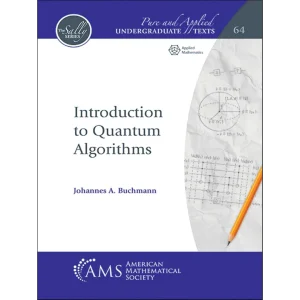
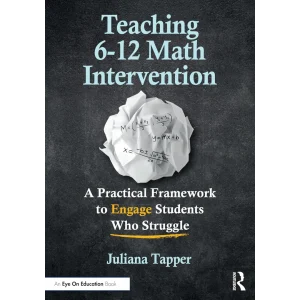
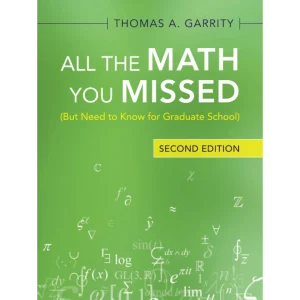
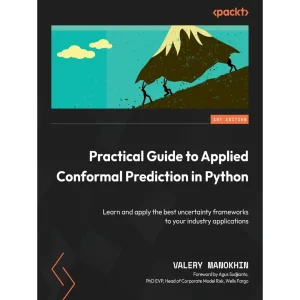
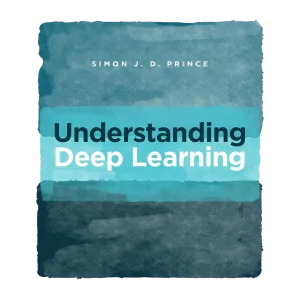
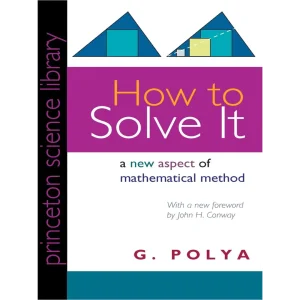
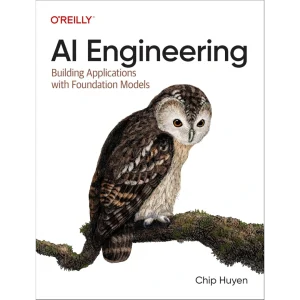
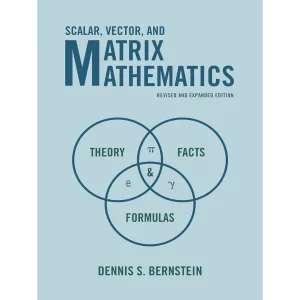
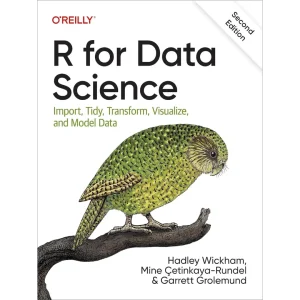
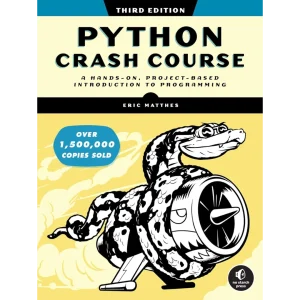
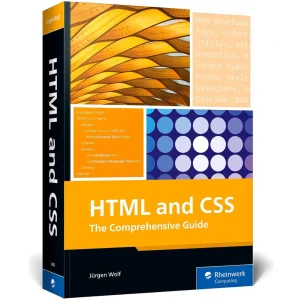
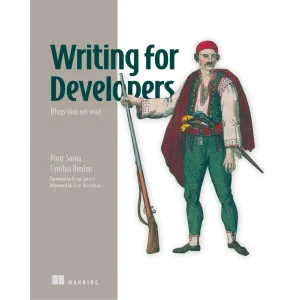
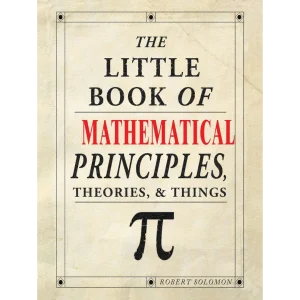
Craig Hicks (verified owner) –
Anil’s storytelling added human faces to many names I was already familiar with, but only in an abstract way. That’s the history part, written in a very personal and engaging way that only a good writer can do. At the same time the history of the development of ML theory is complete and expounded upon in enough detail that anyone with college level math abilities could follow along if so desired. (I expect many will skip some of those parts either because they know it or they don’t need to know it. Perhaps those sections could be better sectioned to enable skipping.) Finally he asks very good questions about the nature of intelligence and how AI does or does not overlap with human intelligence, and well as the dangers it poses and benefits it may offer.
The way the author maintains the big picture while leading the reader through a “live” minute-by-minute narration of compelling details reminds me of the style of VS Naipal, despite being a completely different genre.
Joe (verified owner) –
“Why Machines Learn”- is the book that finally clicked for me after two years of fumbling through Generative AI’s conceptual, software and mathematical maze (I seldom review books but this book merits it)
I’ve been hooked on the wonders of conversational Generative AI, both its productivity and knowledge boosts using LLMs and Chatbots such as ChatGPT (granted watchful of probabilisitic hallucinations) , but the math? Not so much.
My rusty dated college math tended to hold me back until this book cleared things up—historical context and all. Somewhat surprisingly to me I found the historical aspect greatly simplified and aided my mathematical understanding.
I’ll admit, I had to utilize AI chatbot assistants for backup a few times and also I purchased the audio book as well to refresh my prior readings, but that’s part of the fun, right?
If you’re curious about what makes machines learn and aren’t afraid to dust off some math, this book is your guide!
60Chevy (verified owner) –
I’ve read or listened to every book published lately on AI. Most have a half-life of about 18 months,, a three-year old book on AI is about 1/4 as useful as when it was published. “Why Machines Learn” will have staying power. The underlying mathematics is carefully woven together with the history, the problems that needed to be solved and the people who solved them,, their triumphs and tribulations. I have the audio book and the hard cover edition. The predictive text algorithm that I am using right now to write this review is a product of that work. It’s going to be everywhere,, the biggest thing since radio. We need to be careful. We need to be aware. We need to understand. Reading the mathematics and the history helped me to develop an understanding of where we are, how and why we got here, and where we could be going. There are several paths laid out in front of us now,, some are very good while others are very dangerous.
Nancy McDonald (verified owner) –
This is the first book on math that I’ve read that was a page turner and hard to put down. I had researched the history of AI, but some of the tales in the book were new to me, and even for the stories that were familiar, I enjoyed the author’s perspective. I really liked how the author interspersed the personal stories with the technical details. After reading the book, I had a much better understanding of the math used in the neural networks that power AI. There is nothing magical or mystical about AI — it’s just math, unless you believe math can be magical.
US user (verified owner) –
This is exactly the book I needed, as a veteran engineer with excessive graduate mathematics education. The fundamental operations and structures behind the A.I. systems discussed are spelled out just enough for the reader to follow along and grasp the important points, without having to get out a notepad and work things out.
Ananthaswamy went above and beyond as a journalist, taking years to dive in, take formal classes, learn about this discipline, and complete serious hands-on work with A.I. programs. This is even more than should be expected from diligent journalists, but it sets a superlative example. [All one can expect from most reporters is to collate a few quotes, recycle the usual infographics, and express anti-expertise in any topic.]
Tonio R. (verified owner) –
A book written with love for knowledge, with affection for an interested reader. The story of how we got here, mixing anecdotes and ideas placed in their context and highlighting the heroes who brought us here. A gem that shows us the mathematical tricks, some incredibly simple, behind the magic that invades us today.
Good Guy (verified owner) –
was interesting to see how we have advanced into the AI age and where the roots started … helps put everything into prospective
Tiny (verified owner) –
Superstar book. Lots of personal stories to help relate and then walks through the math to fully understand. I’ve been looking at a lot of these concepts for a while . Most times it is just hammering through the math until it sinks in but this book did an excellent job of providing useful samples. Very much appreciated the learning. If you are in these fields at all, I’d suggest picking up a copy.
Holmes (verified owner) –
For someone with an engineering background who has often wondered how machine learning works, this book so succinctly distills the development of the field and the major algorithms involved that reading it is one “aha!” moment after another.
Thinh (verified owner) –
A really excellent introduction to the math behind machine learning. I recommend this to everyone interested in learning about the fundamentals of AI.
Chris (verified owner) –
If you want to know how deep neural nets work, this is for you. The math is low level, basically freshman calculus or senior HS.
jose j saldarriaga (verified owner) –
Es un libro excelente en todo sentido, contenido y presentación. Aunque aún no lo he terminado, llevo un poco más de la mitad, lo que he aprendido y comprendido sobre las tecnólogas de ML y DL es mucho más de lo que esperaba. Más aún podría decir que no estoy leyendo sino estudiándolo con gran detenimiento.
EEE (verified owner) –
Excellent history of the small ideas(and the big ones) as well as the mathematics behind machine learning .
Was not a fast read and requires some previous understanding of linear algebra and simple calculus but what a great book!
Lateniteowl (verified owner) –
Very pleased with the quality
K. Irwin (verified owner) –
Truly an exceptional book. The author explains the math behind artificial intelligence to anyone who is interested. Whenever he introduces a mathematical concept, the author first explains the concept in general and then explains its applicability to artificial intelligence. This format is not limited to higher math; the author clearly explains virtually any mathematical concept beyond arithmetic (e.g., the author even explains vectors). Bottom line, the book is highly informative and readily accessible to anyone interested in artificial intelligence, regardless of their background.
Gaston Mauvezin (verified owner) –
While some level of math and probability concepts is needed, you can just skip the equations and still get a good understanding of how AI works!
K. Elizabeth Hembree (verified owner) –
Excellent exposition of the evolution of neural networks and machine learning along with its underlying math. Math majors, software engineers and physicists will find the math quite accessible. Though the math becomes progressively more difficult it is explained in such a manner that even the non-mathematician will walk away with an understanding of how the underlying algorithms drive machine learning.
James Muncy (verified owner) –
Anil Ananthaswamy has done something truly special with Why Machines Learn. In a field often dominated by jargon and overwhelming technicality, he offers a remarkably elegant and readable exploration of the mathematical principles that underpin modern artificial intelligence. This book doesn’t just explain what machine learning is — it illuminates why it works, and it does so with clarity, depth, and a journalist’s gift for storytelling.
What sets this book apart is its rare ability to blend rigorous concepts with intuitive explanations. Ananthaswamy takes readers through linear algebra, probability theory, optimization, and other foundational tools, not in isolation, but as they come alive within real-world AI applications. Whether he’s explaining how gradient descent mimics nature or demystifying neural networks, he makes complex ideas feel surprisingly accessible.
This is not a textbook, and it’s not just for data scientists — it’s for anyone curious about the logic that powers today’s intelligent systems. If you’ve ever wanted to understand the beauty behind the algorithms shaping our world, this book is a must-read.
Highly recommended for tech enthusiasts, students, and lifelong learners alike.
Gerardo Flores (verified owner) –
Excelent!